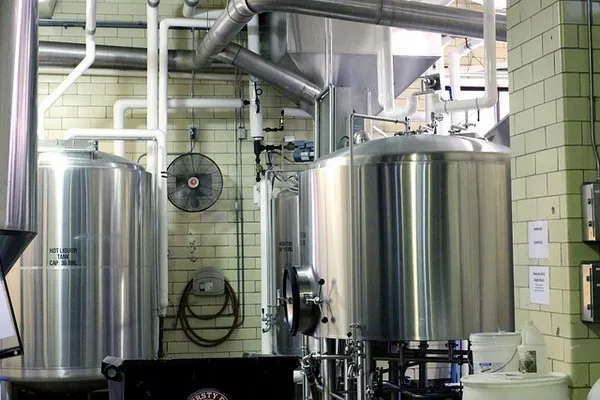Recent months have brought a welcome respite for American motorists as gas prices across the nation have experienced a sustained and noticeable drop. The downward trajectory, spanning approximately 70 days, has seen prices at the pump either decrease or remain stable since September 19, according to Andrew Gross, the spokesperson for the AAA motor club.
As of the latest update on Tuesday, the national average for gas prices stood just below $3.25, reflecting a 25-cent reduction from a month ago and a 30-cent decrease compared to the same period last year. Industry experts attribute this decline to a combination of factors, including a recent fall in oil prices, a seasonal decrease in demand, and a general easing of inflationary pressures.
Patrick De Haan, the head of petroleum analysis at GasBuddy, emphasized the significance of even a one-penny decline in the national average, estimating that it saves motorists almost $38 million. With a cumulative reduction of 30 cents, Americans are experiencing substantial savings on gasoline compared to a year ago.
The decline in gas prices can be attributed to several factors, with seasonality playing a prominent role. The transition to winter blend gasoline, known for its lower production costs compared to the summer blend, is a contributing factor. Additionally, the colder months see a natural dip in demand as shorter days and less favorable weather discourage travel.
“In the fall and winter, it’s dark, the weather is kind of crummy, and people just want to stay home,” noted Gross, highlighting the seasonally reduced demand.
Inflation, while currently lower than last year, continues to impact Americans’ spending habits, potentially contributing to decreased demand for gasoline. Beyond demand, the decline in oil costs is a crucial factor influencing gas prices. West Texas Intermediate crude, a key determinant for gas prices, has hovered in the high-to-mid $70s range over the past three weeks.
Global events, such as the Russia-Ukraine war, can impact oil production and supply, thereby affecting domestic gas prices. Despite these global considerations, an increase in U.S. oil production has helped maintain stability in prices.
While the downward trend in gas prices is expected to persist into the New Year, uncertainties loom on the horizon. Potential cuts from major oil-producing OPEC+ countries, a group that includes Saudi Arabia and Russia, could influence energy prices. The delay in an OPEC+ meeting suggests possible disagreements within the group, introducing an element of unpredictability.
The ongoing Israel-Hamas conflict, initially causing a slowdown in the fall of oil prices, has not expanded to major oil-producing countries in the Middle East. However, the situation remains fluid, and shifts in oil prices are highly susceptible to global geopolitical developments.
In terms of regional variations, AAA reports that 15 states in the U.S. currently have gas prices below $3, with Texas ($2.71), Mississippi ($2.76), and Georgia ($2.79) boasting the lowest averages. Conversely, California ($4.88), Hawaii ($4.72), and Washington ($4.34) lead the states with the highest gas prices at the pump.

